Scarce Circus Souvenir Sheet
On December 10, 2014, the USPS issued the scarce $2 circus souvenir sheet. Issued in two formats, it sold out before it was even issued, and even scarcer errors were later discovered…
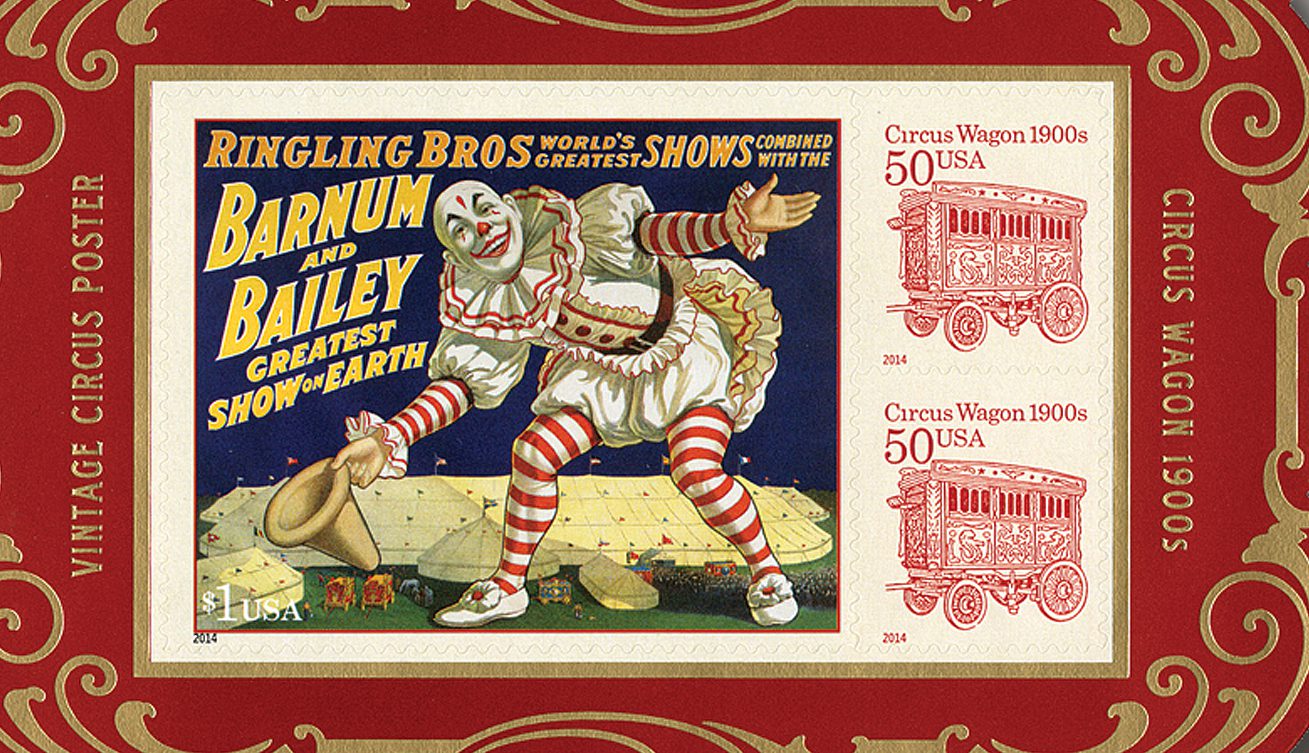
On December 10, 2014, the USPS issued the scarce $2 circus souvenir sheet. Issued in two formats, it sold out before it was even issued, and even scarcer errors were later discovered…
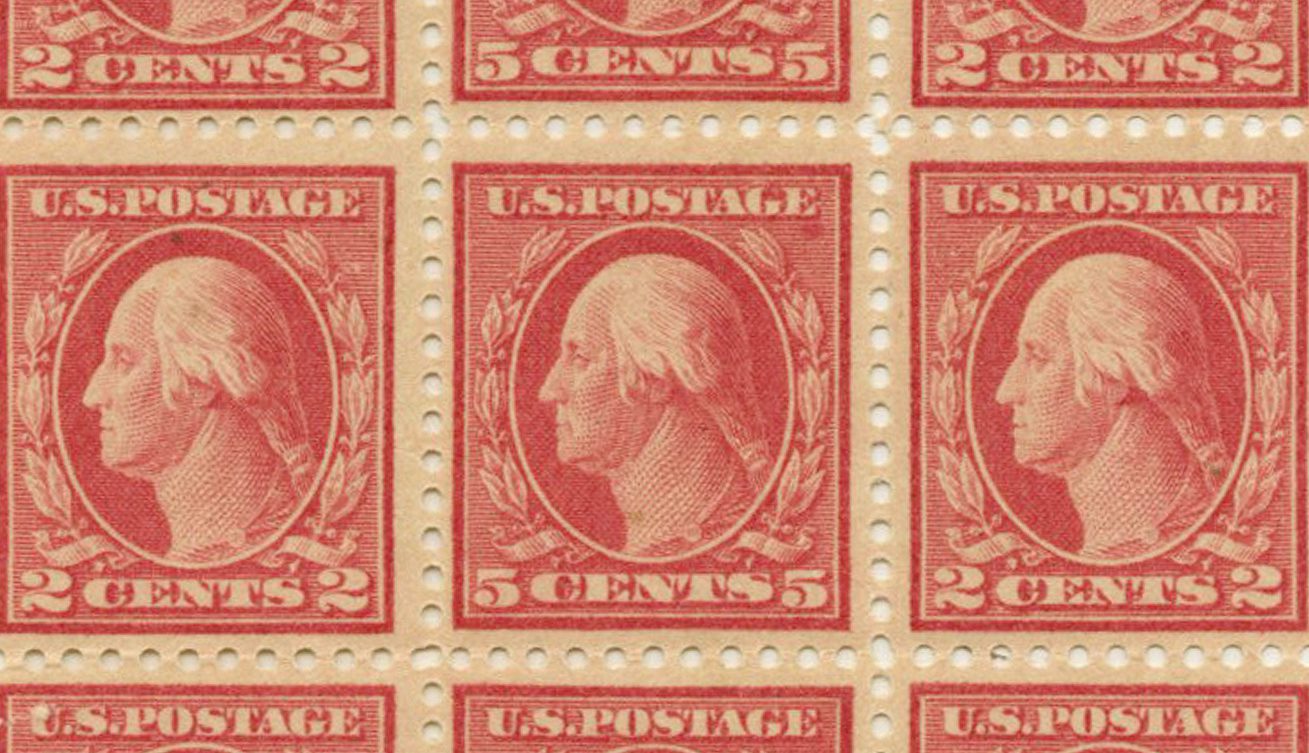
On October 17, 1916, the US Post Office issued a 5¢ Washington stamp. The stamp had small changes from previous issues that went overlooked by collectors, so few were saved. Plus, this stamp spawned some famous errors…

On September 27, 1916, the US Post Office issued its first postage stamp on unwatermarked paper in over 20 years. The change was in response to war-time constraints, but would become permanent.

Howard Bertram Koslow was born on September 21, 1924, in Brooklyn, New York. Over the course of 40 years, Koslow produced artwork for more than 50 US stamps and postal cards, including the popular and long-running Lighthouse Series.

On August 20, 1992, Computer Vended Postage stamps were first made available for sale in five test cities.
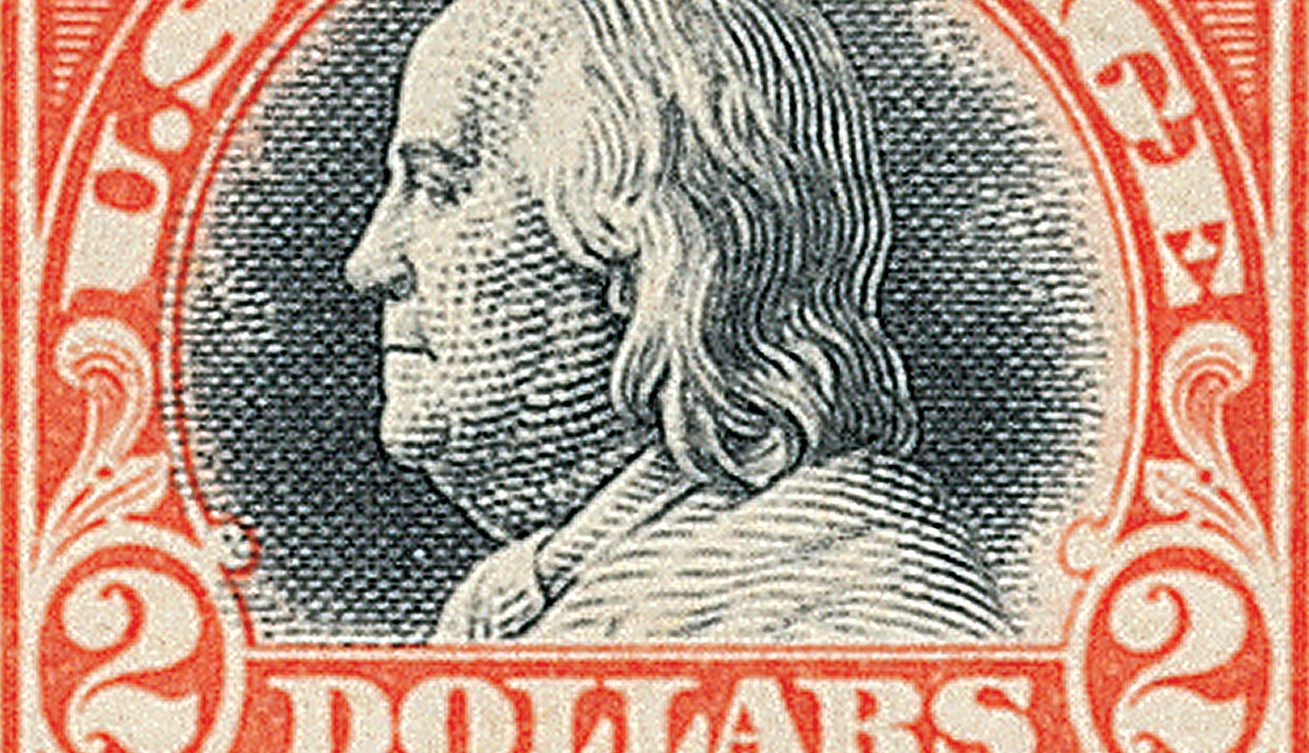
US #523, the 1918 $2 orange-red Franklin error stamp, was first used on or around August 19, 1918. However, it would be two years before the error was discovered.
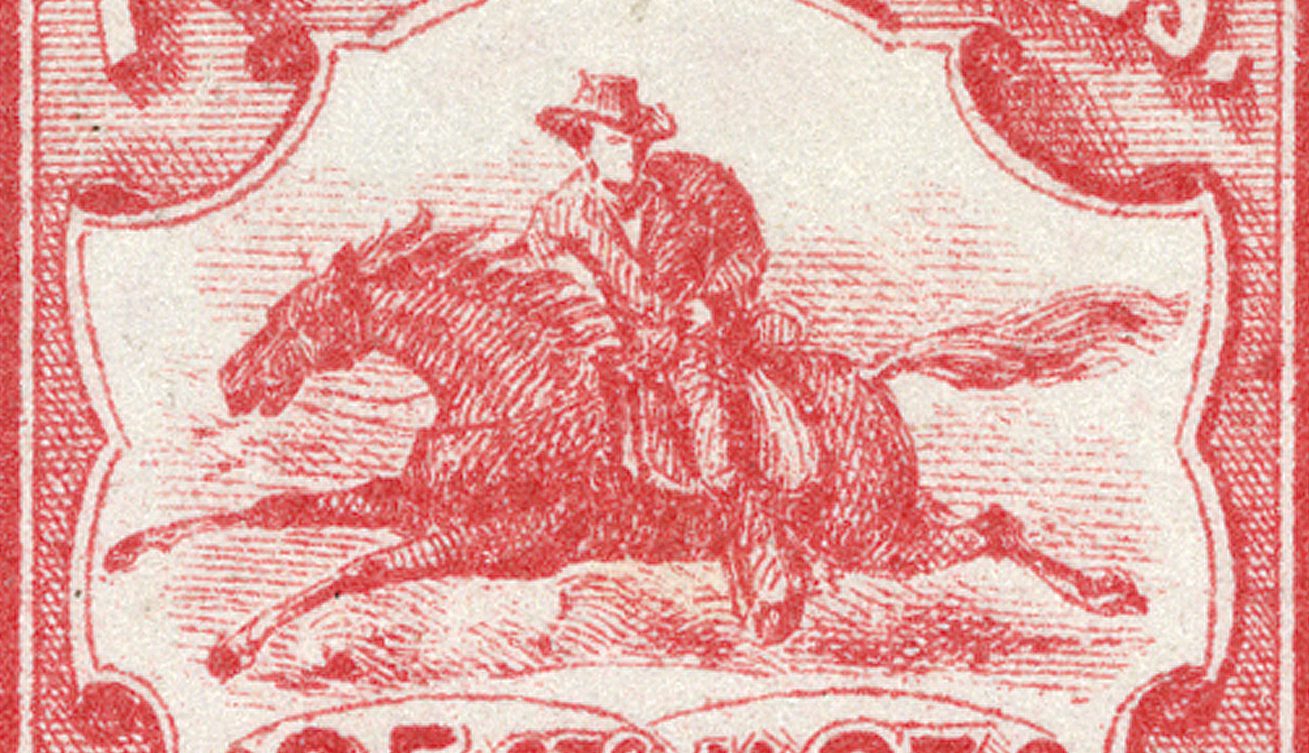
On August 11, 1862, Wells Fargo inaugurated its Virginia City Pony Express, which carried mail between Nevada mining towns and California business centers.
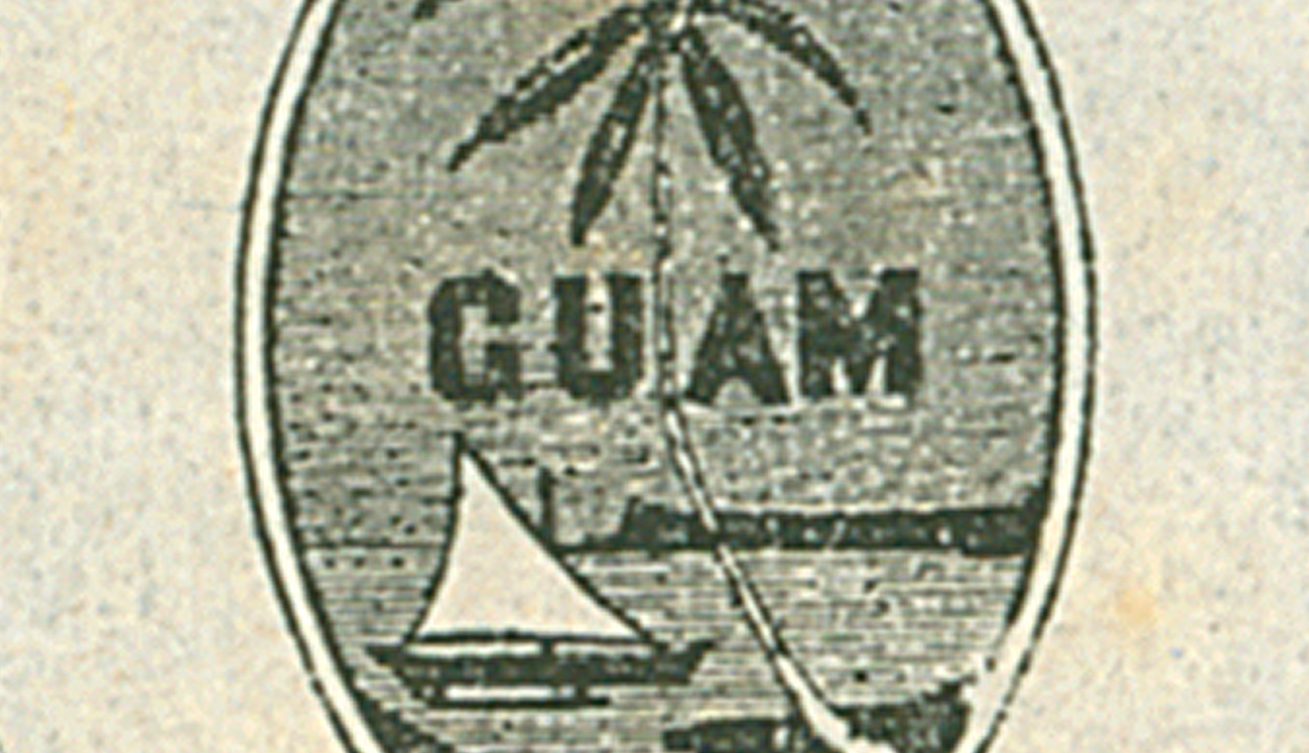
On July 7, 1899, the US issued its first overprinted stamps for use in Guam. The stamps were rushed into use after the US acquired Guam from Spain following the Spanish-American War.
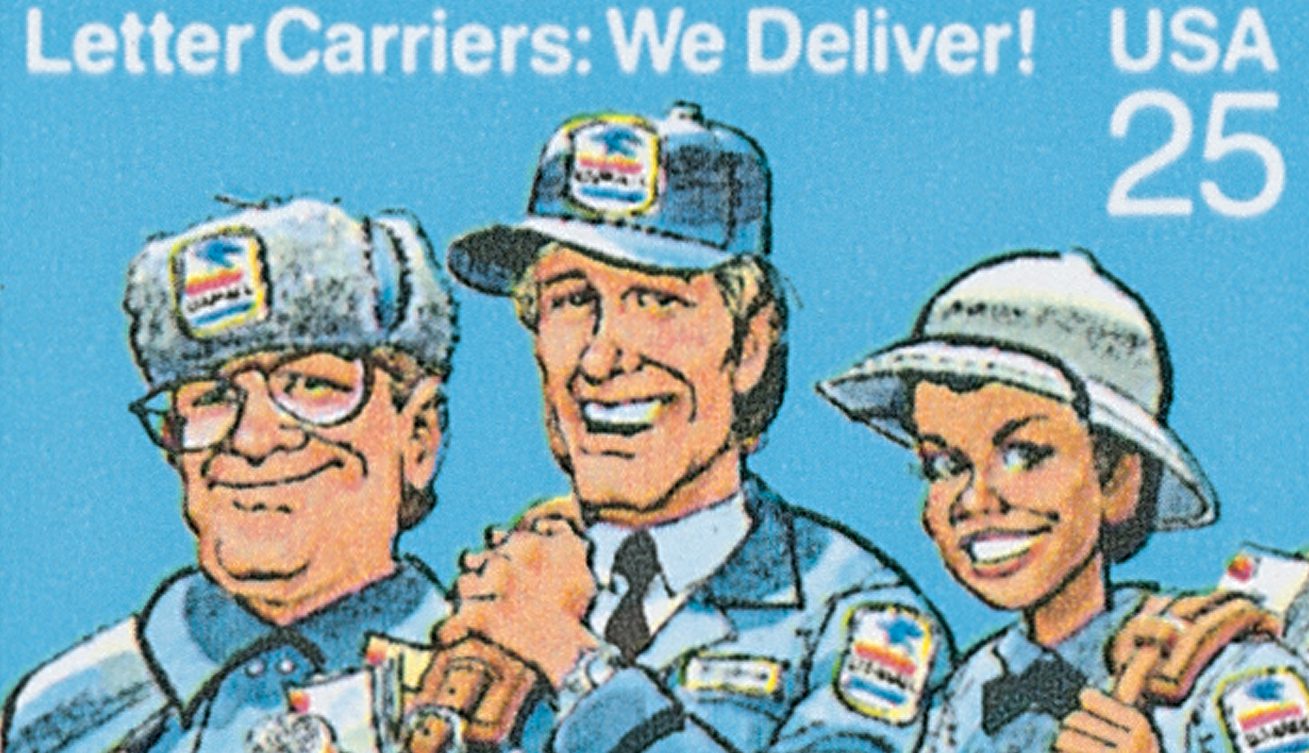
On July 1, 1863, the US Post Office inaugurated its free City Mail Delivery Service in part in response to the Civil War. By the end of the first year, 65 cities offered the service and employed 685 mail carriers.